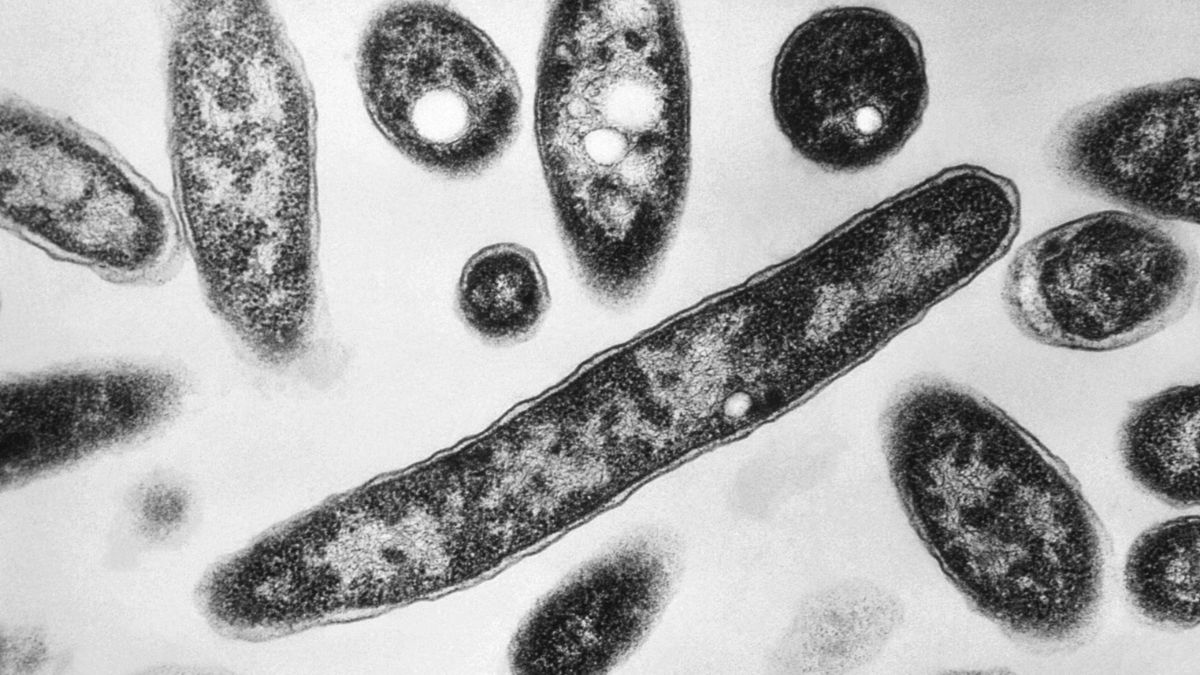Scientists have for the first time used artificial intelligence to design viruses capable of killing harmful bacteria. In a major leap for computational biology, researchers at Stanford University and the Arc Institute built the world’s first fully AI-generated genome.
In a first-of-its-kind breakthrough, scientists have used artificial intelligence to design viruses—bacteriophages—that can hunt down and kill harmful bacteria.
Researchers at Stanford University and the Arc Institute created the world’s first entirely AI-generated genome, marking a major leap in computational biology. Until now, AI had been used to design proteins or small gene systems, but building a whole genome—which requires multiple interacting genes and regulatory switches to work in harmony—was a far greater challenge.
“Genome design requires orchestrating multiple interacting genes and regulatory elements while maintaining a balance that enables replication, host specificity, and evolutionary fitness. This increase in complexity introduces new constraints and failure modes that do not arise when only designing a single protein or a two-component system,” the team explained in a post on arcinstitute.org.
Testing the AI-made viruses
For the study (not yet peer-reviewed), the team used genomic AI models to generate viral genomes able to infect and kill specific strains of Escherichia coli, including antibiotic-resistant ones. Out of 302 AI-designed bacteriophages, 16 successfully infected the bacteria.
The results point to potential new therapies for bacterial infections, but they also raise bigger possibilities. One researcher told Nature: “The next step is AI-generated life.”
For their test case, the scientists chose bacteriophage ΦX174 (phi-X-174), a tiny virus with 5,386 DNA letters and 11 overlapping genes. This same virus was the first to be fully sequenced in 1977 and synthesised in 2003. Now, it has become the first virus designed by AI.
Using a genomic language model named Evo—trained on thousands of similar genomes—the AI generated thousands of candidate designs. After rigorous software checks and lab tests, hundreds of these genomes were synthesised and tested inside E. coli. From them, 16 functional viruses emerged, each carrying dozens to hundreds of mutations never seen before.
One striking design even borrowed a DNA-packaging protein from a distant relative, something human scientists had tried and failed to achieve. Cryo-electron microscopy confirmed the novel protein fit perfectly inside the virus shell.
End of Article

)

